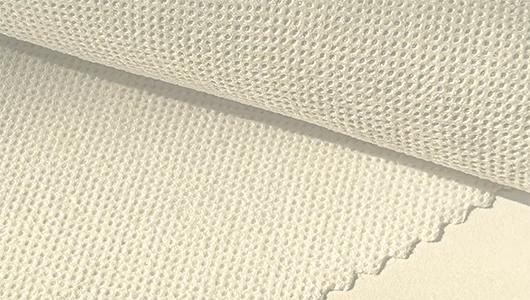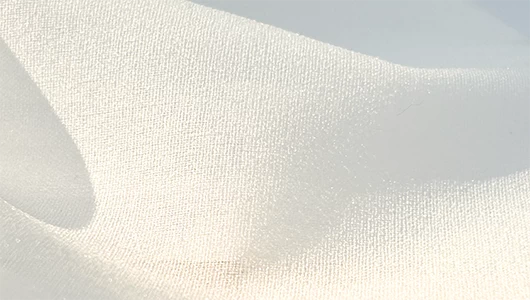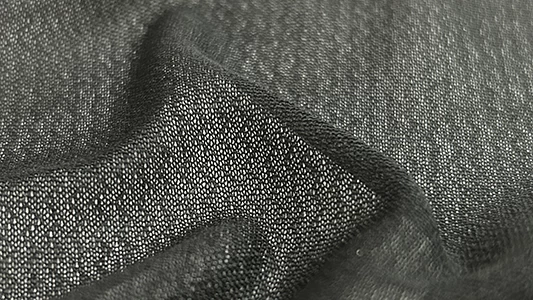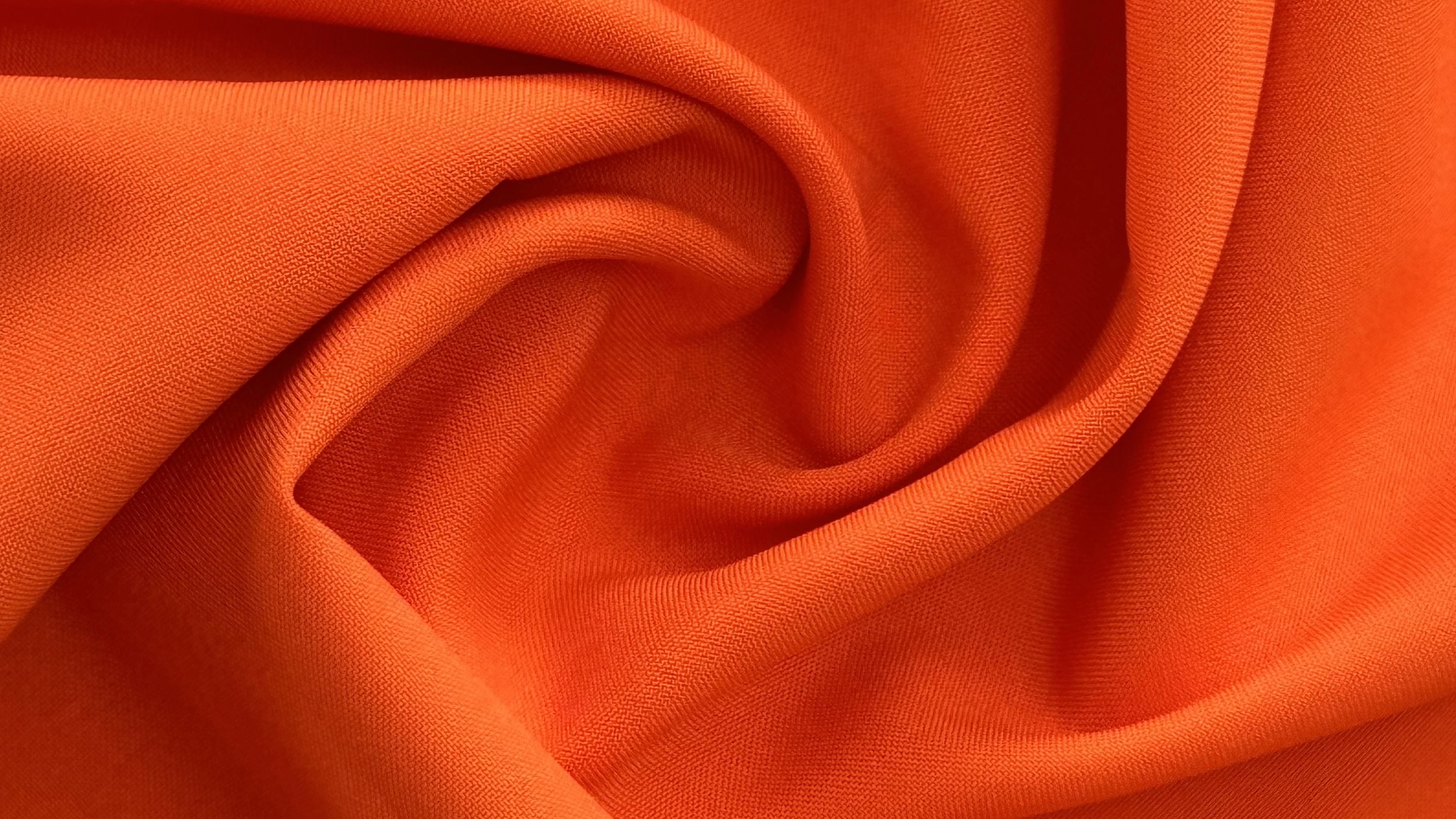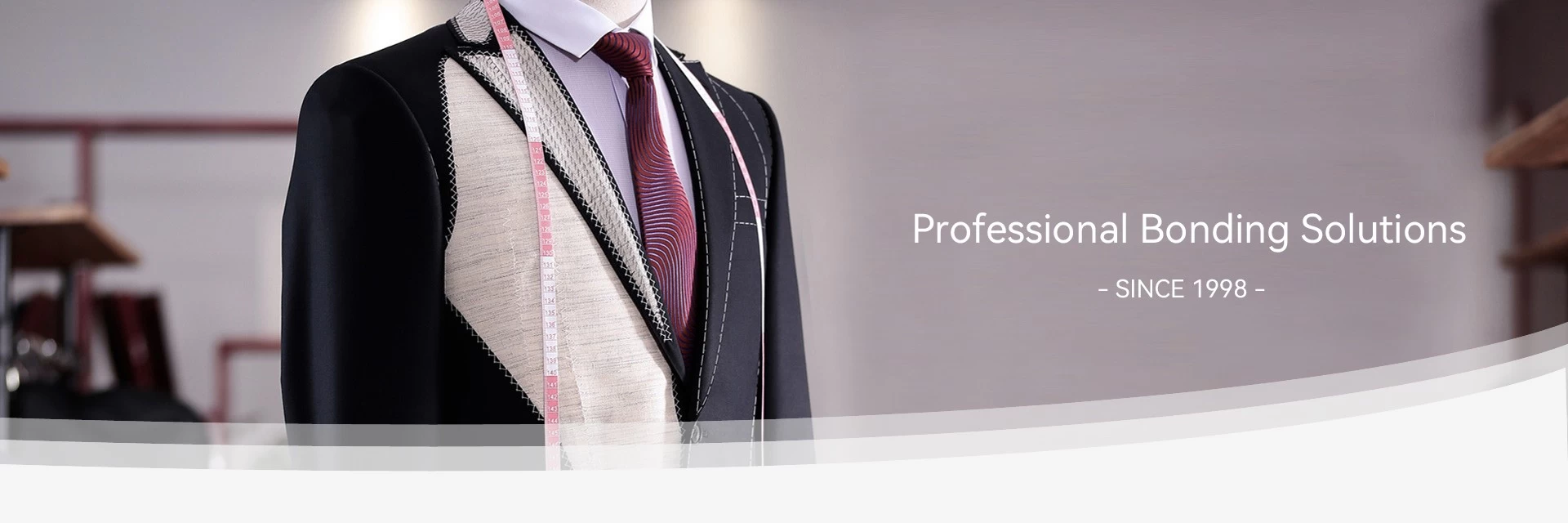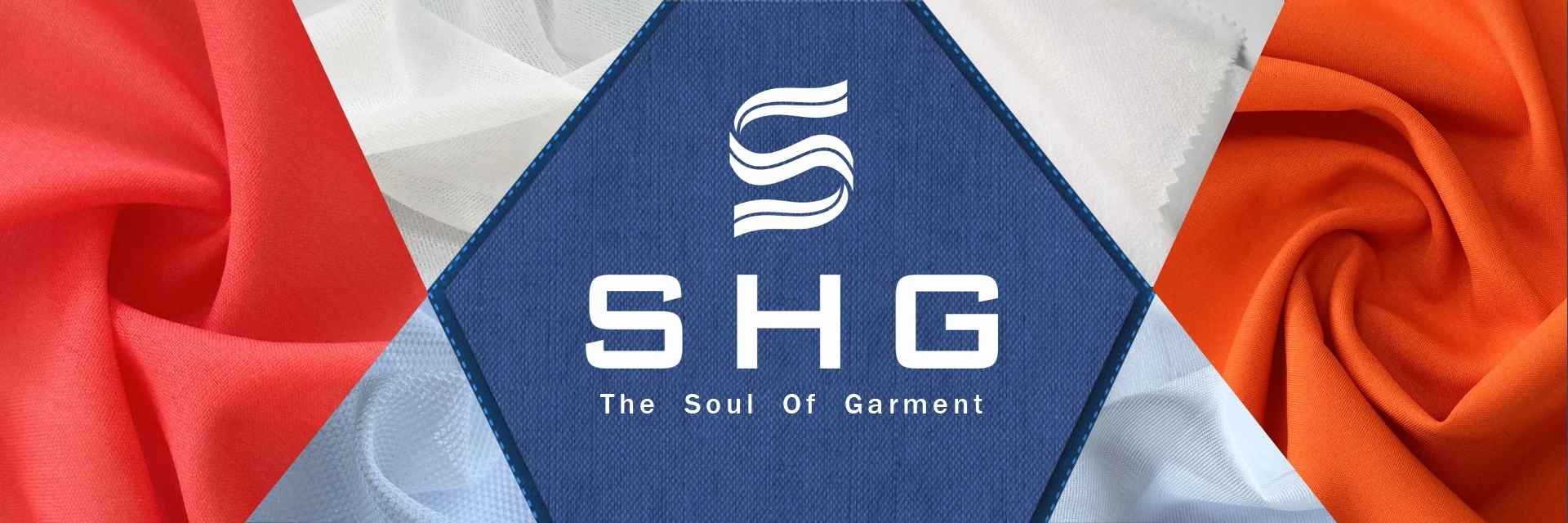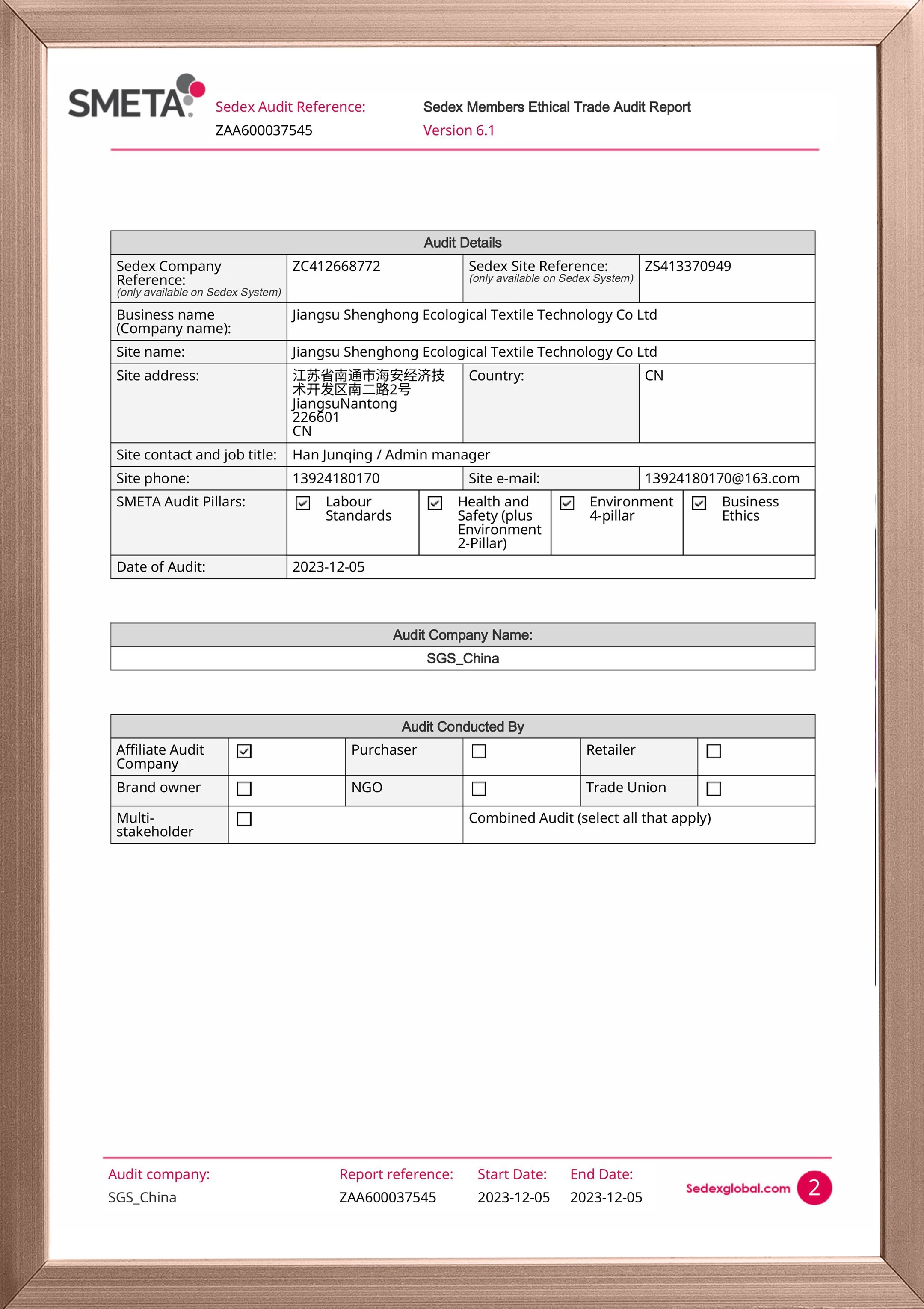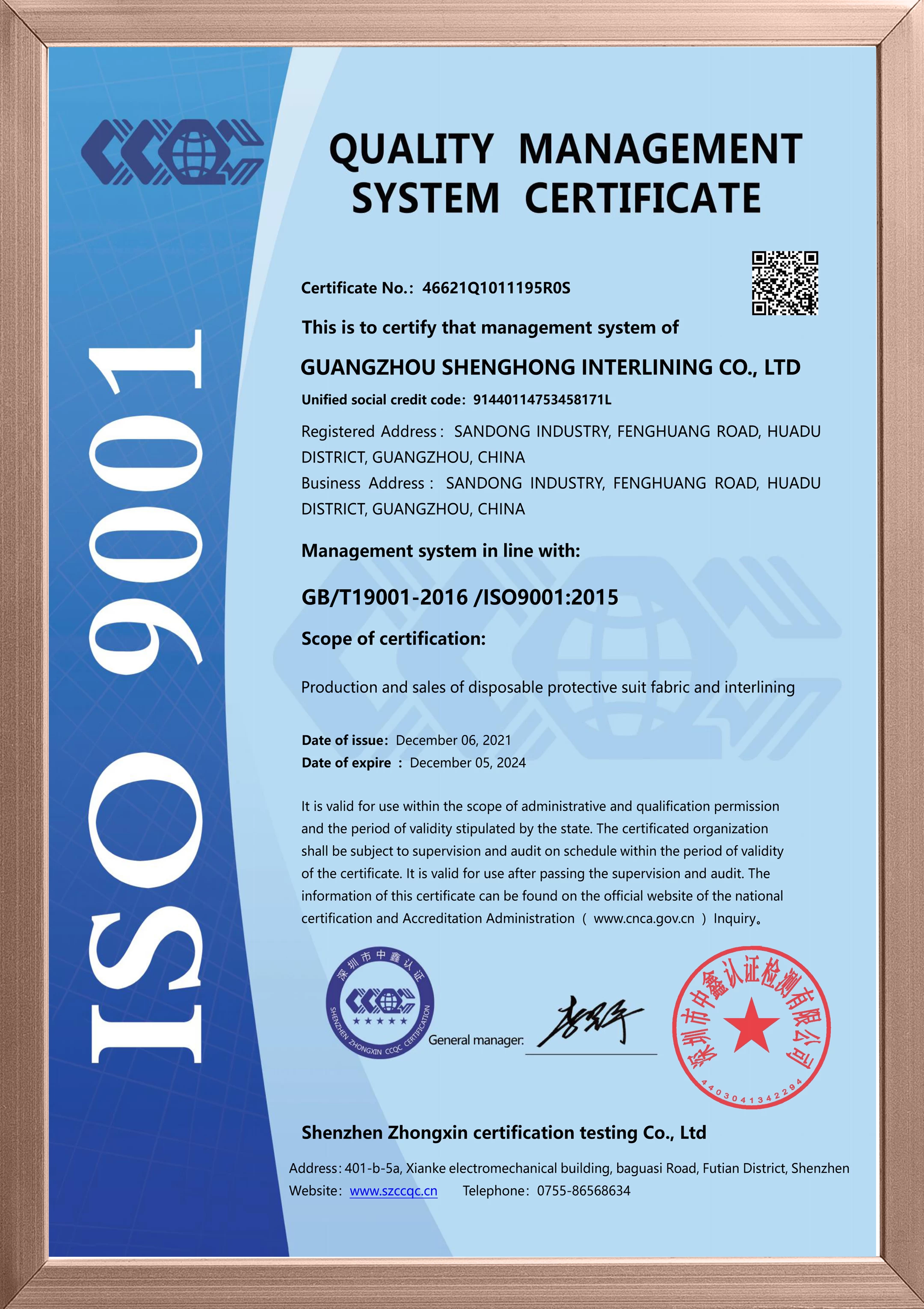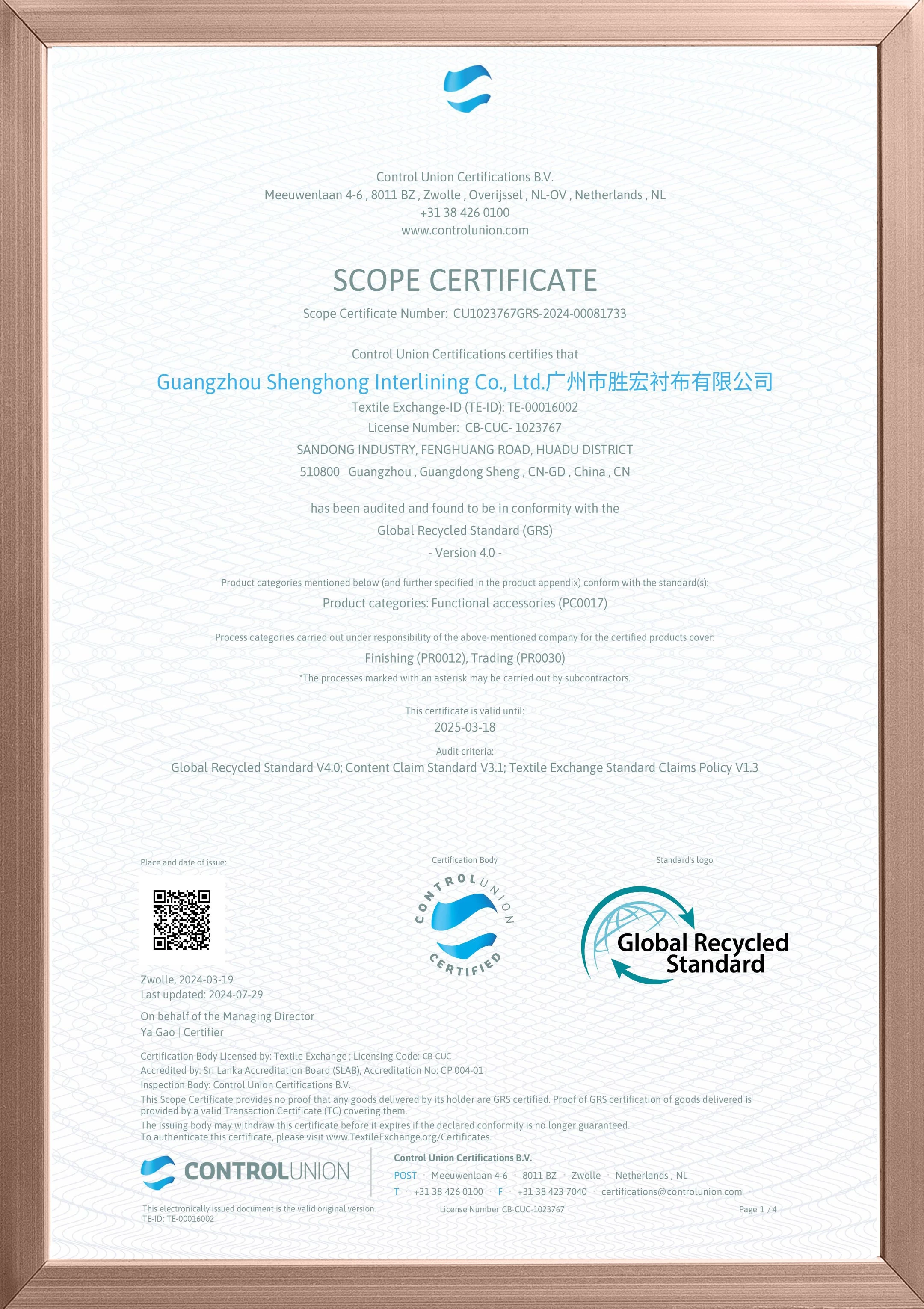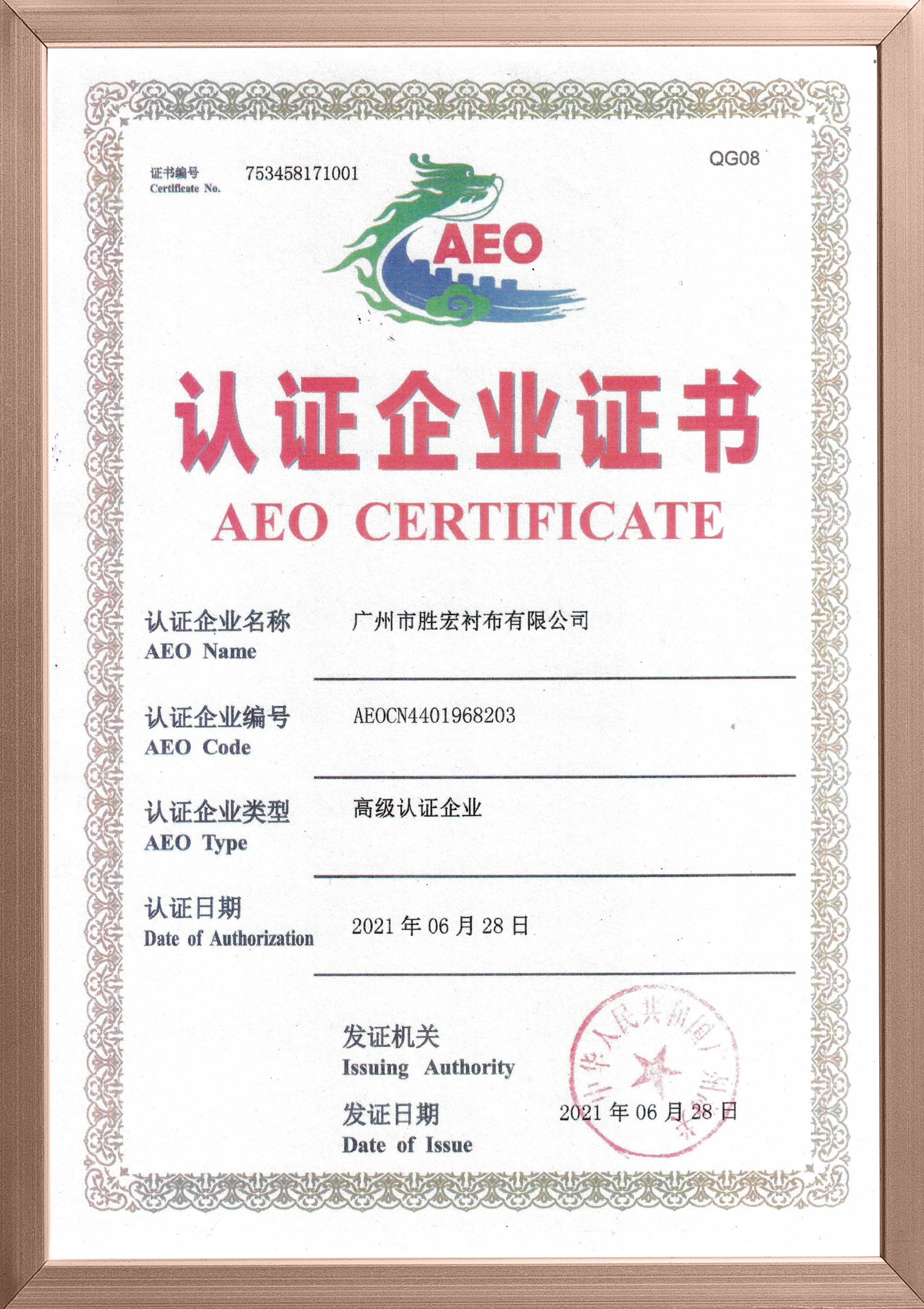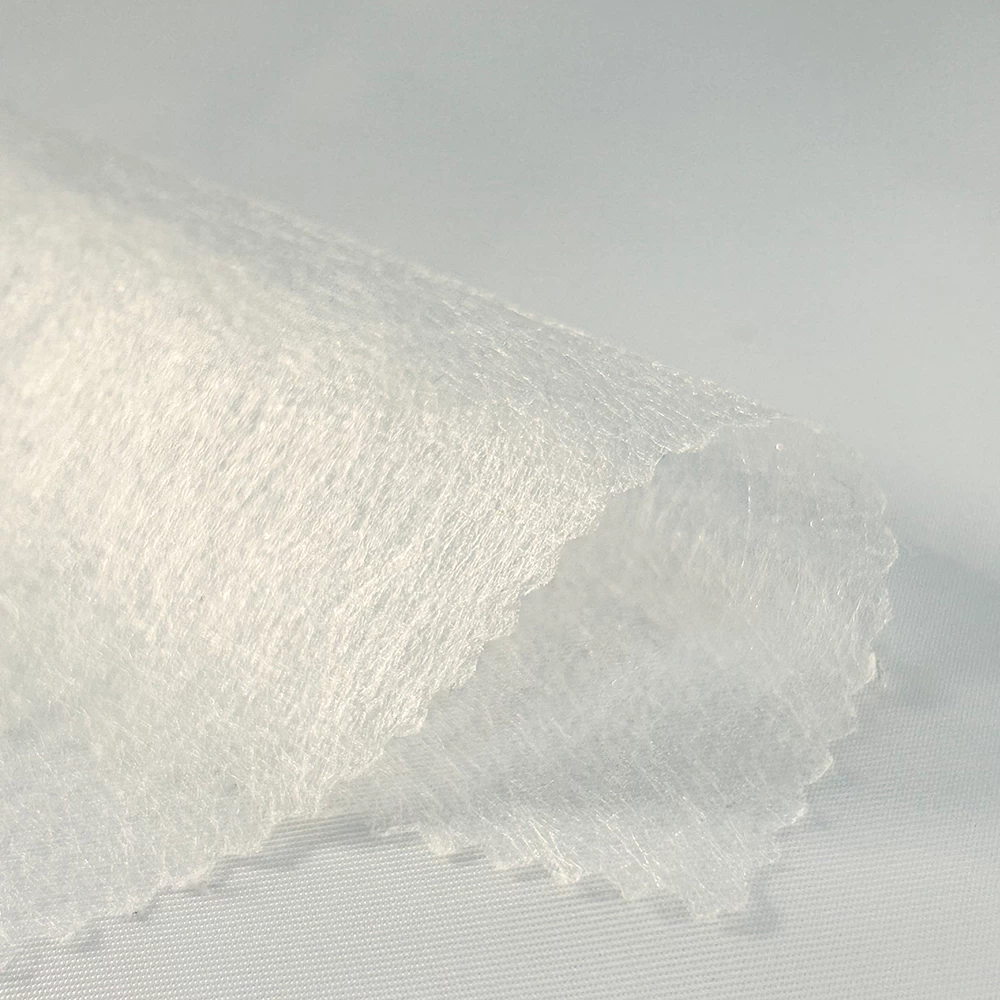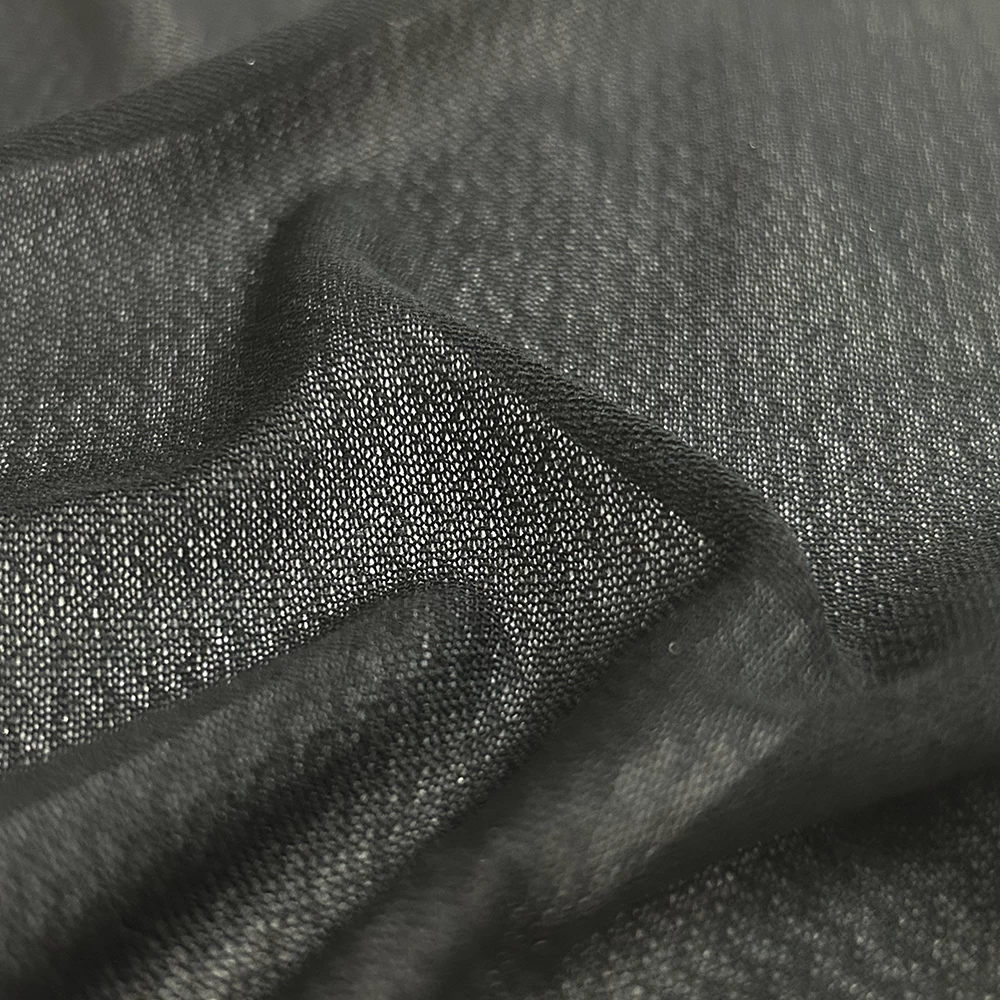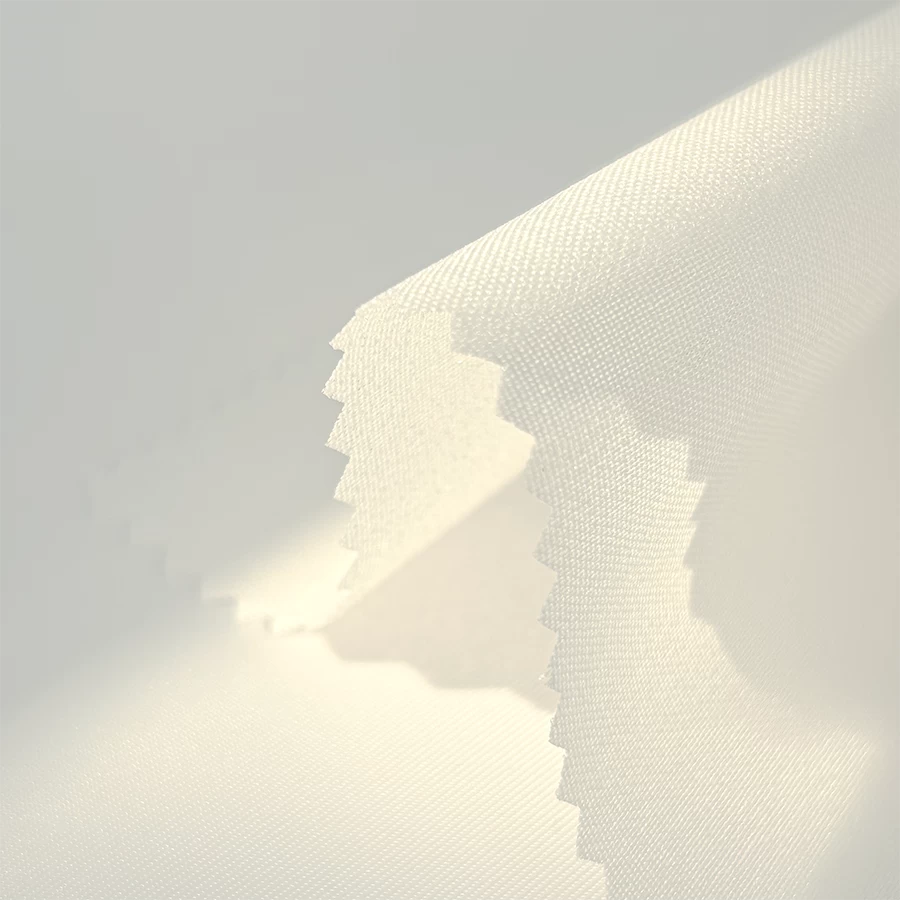Comprehensive analysis of shoe linings: in-depth discussion from material to technology
I. Definition and Core Role of Shoe Lining
Shoe lining is the inner material of footwear products that is in direct contact with the foot, and plays a crucial role in the structure of the whole pair of shoes. It not only undertakes the basic function of protecting the foot and enhancing wearing comfort, but also plays a key role in extending the service life of the upper and optimizing the environment inside the shoe. High-quality lining can effectively reduce the friction between the foot and the upper, avoiding abrasion, blisters and other problems; at the same time, good breathability and moisture absorption can keep the shoes dry, inhibit the breeding of bacteria, and enhance the wearing experience. In addition, the lining can also help the upper shape, prevent the upper from being deformed due to frequent wearing, and indirectly prolong the overall service life of the shoes.
Classification and Characteristics of Shoe Lining Materials.China shenghong shoe lining factory

(I) Natural materials
1. Leather: natural leather lining is most common in cowhide and sheepskin, which has good wear resistance, breathability and softness. Cowhide lining has high strength and good toughness, suitable for business shoes, outdoor boots and other footwear with high durability requirements; sheepskin lining is softer and more delicate, with excellent touch, commonly used in high-end casual shoes and women's shoes. However, natural leather is more expensive and difficult to maintain, and it is easy to be deformed and moldy when it meets water.
2. Cotton: Cotton lining is widely welcomed for its natural skin-friendliness and good breathability, relatively low cost, suitable for mass production. However, cotton has poor abrasion resistance, strong moisture absorption but not easy to dry quickly, long time wearing easy to breed bacteria, usually used for canvas shoes, sports shoes and other cost-sensitive shoes.
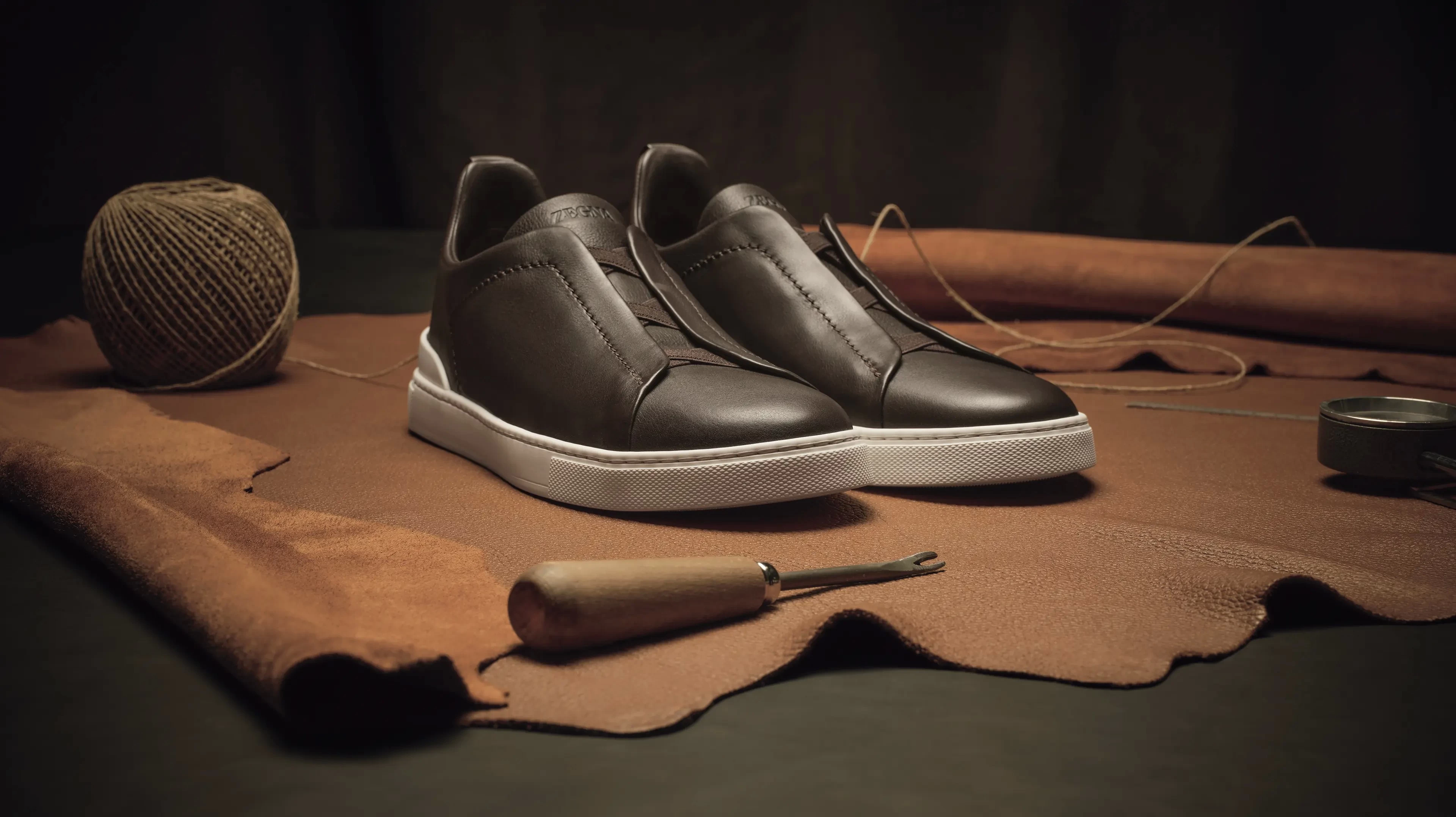
(B) Chemical synthetic materials
1. Polyester fiber (polyester): polyester lining is a widely used synthetic material in the market at present, which has the characteristics of high strength, abrasion resistance, strong wrinkle resistance, etc. It is easy to clean and not easy to be deformed. Some specially treated polyester lining also has excellent breathability, moisture absorption and perspiration performance, such as Sheng Hong Group launched the full polyester suede base cloth, using warp knitting backing with high-precision machine brushing process, thickness of 0.95mm, delicate and skin-friendly touch, tear strength exceeds the industry standard, both comfort and durability, suitable for sneakers, casual shoes, high-heeled shoes and other types of shoe lining.
2. Polyurethane (PU): PU lining has smooth surface, good waterproof and abrasion resistance, commonly used in outdoor shoes, rain shoes and other footwear with high requirements for protective performance. However, its breathability is relatively poor, long time wearing may lead to stuffy shoes.
3. Nylon: Nylon lining is light in weight, high in strength, excellent in abrasion resistance, and has a certain degree of elasticity, which is able to adapt to the stretching of the foot when it is in motion. It is often used in sports shoes and outdoor shoes to help reduce the overall weight of the shoes and enhance wearing flexibility.shoe lining manufacturers in China
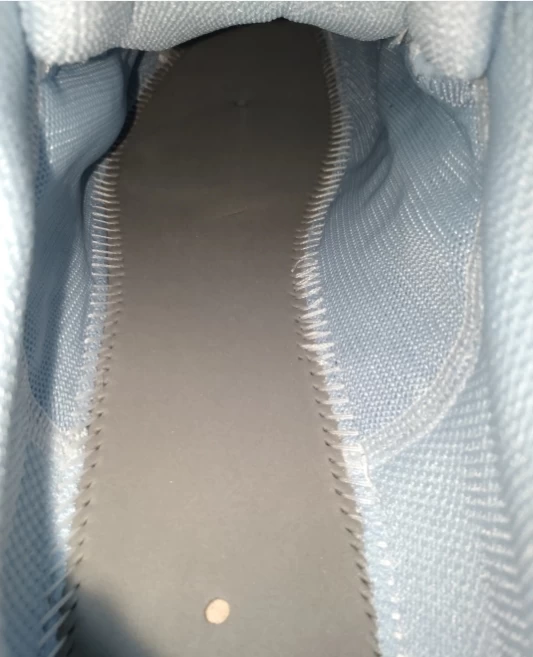
(C) New functional materials
1. Antibacterial and deodorizing materials: As consumers' concern for health increases, lining materials with silver ions, nano-titanium dioxide and other antimicrobial agents have emerged. These materials can effectively inhibit the growth of bacteria, fungi, reduce odor, providing users with a healthier wearing environment.
2. Intelligent thermoregulation materials: some high-end shoes are beginning to use phase change materials as linings, which can automatically absorb or release heat according to changes in ambient temperature and human body heat to keep the temperature inside the shoes constant and enhance wearing comfort in extreme environments.
Craft technology of shoe lining
(I) Weaving process
1. Knitting process: warp knitting and weft knitting are common knitting lining processes. Warp-knitted lining has stable structure and good ductility, which is suitable for making sports shoes lining that fits the curve of the foot; weft-knitted lining has better elasticity and softness, which is often used in casual shoes.
2. Weaving process: weaving lining has high strength and good abrasion resistance, but the elasticity is relatively poor, and it is often used in leather shoes, boots and other footwear that need shaping effect.
(II) Post-treatment process
Dyeing process: Different colors are given to the lining through dip-dyeing and roll-dyeing. The application of environmentally friendly dyes is gradually becoming the mainstream to meet consumer demand for health and sustainable development.
Coating process: Functional coatings, such as waterproof coatings and anti-bacterial coatings, are applied to the surface of the lining to enhance the specific properties of the lining.
Printing process: Printing patterns or brand logos on the surface of the lining through screen printing, digital printing and other technologies to increase the aesthetics and recognition of the product.China shoe lining source manufacturers
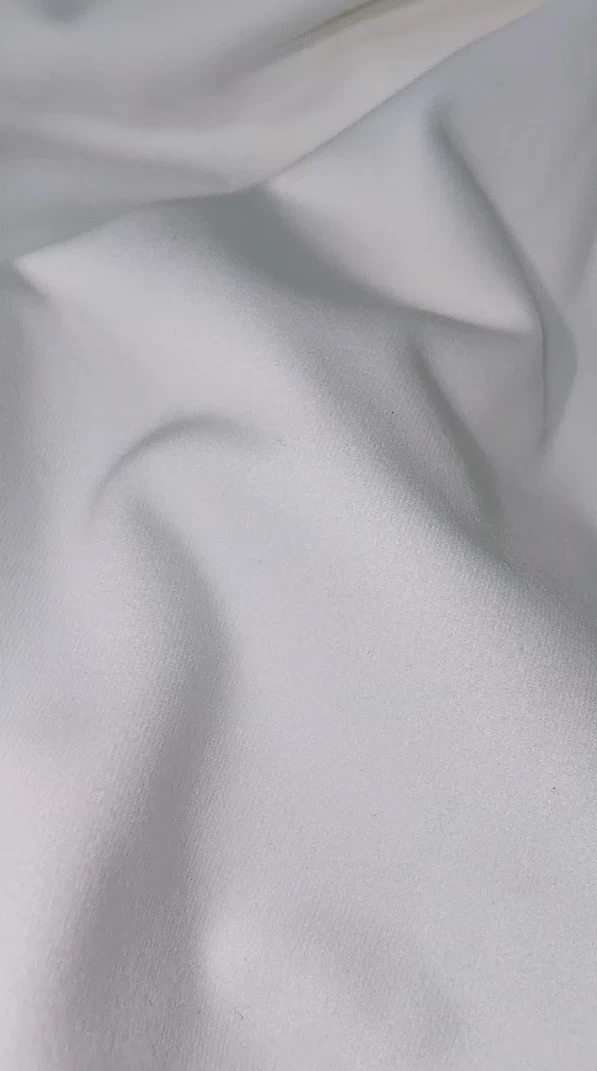
Fourth, the shoe lining performance indicators and testing standards
(I) Physical properties
1. Abrasion resistance: simulate the actual wearing scene through Martindale abrasion meter and other equipments to test the number of times of abrasion resistance of the lining material and the degree of surface abrasion.
2. Tear strength: the tensile testing machine is used to measure the maximum load of the lining when it is torn by force, the higher the value is, the better the tear resistance of the material is.
3. Elongation at break: reflecting the elongation ability of the lining material at tensile break, reflecting the elasticity and flexibility of the material.
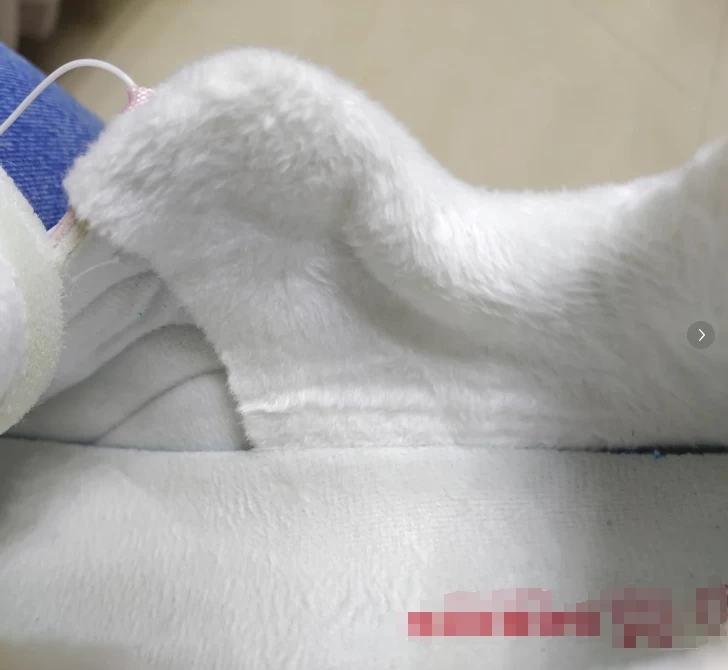
(B) health performance
1. Air permeability: measure the amount of air passing through the lining material per unit time by using air permeability meter, the higher the permeability, the better the air circulation inside the shoes.
2. Moisture-absorbing and quick-drying: detecting the speed of moisture absorption and drying time of the lining, good moisture-absorbing and quick-drying performance can keep the shoes dry and fresh.


